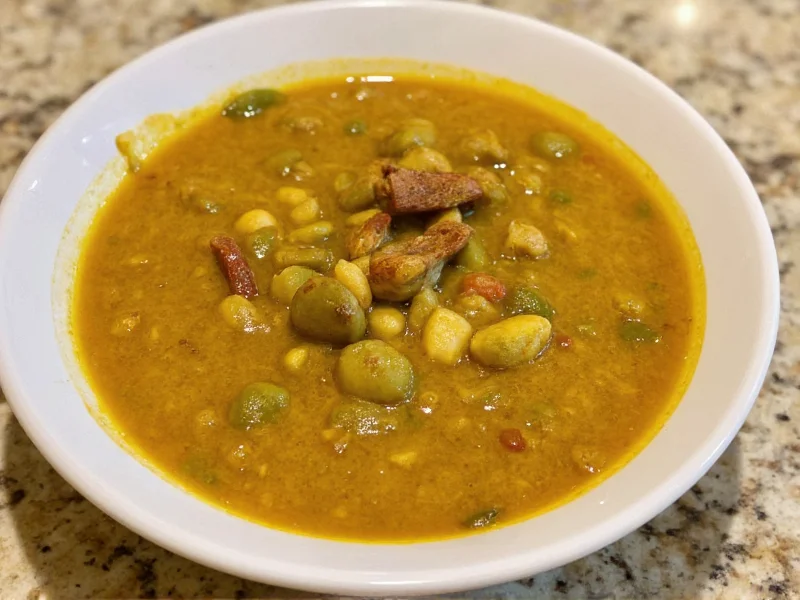Lentil dal represents one of the most fundamental and beloved components of Indian culinary tradition, with variations spanning every region of the subcontinent. The term "dal" refers both to the split pulses themselves and to the finished dish prepared from them. While many types of lentils and legumes can be used, the most common varieties include masoor dal (red lentils), toor dal (pigeon peas), and moong dal (mung beans), each offering distinct flavors, textures, and cooking properties.
Understanding Lentil Varieties for Authentic Dal
The foundation of exceptional dal begins with selecting the right lentils. Different regions of India favor specific varieties based on local agriculture, climate, and culinary traditions. The splitting and sometimes dehulling process that transforms whole legumes into dal significantly affects cooking time, texture, and how the lentils absorb flavors.
| Lentil Type | Common Names | Cooking Time | Flavor Profile | Regional Specialties |
|---|---|---|---|---|
| Masoor Dal | Red lentils | 15-20 minutes | Mild, slightly sweet | Punjabi dal tadka, Maharashtrian varan |
| Toor Dal | Arhar dal, pigeon peas | 25-35 minutes | Earthy, nutty | Gujarati dal, South Indian sambar |
| Moong Dal | Mung beans | 20-25 minutes | Delicate, slightly sweet | Rajasthani moong dal, Bengali dal |
| Urad Dal | Black gram | 30-40 minutes | Rich, earthy | South Indian dal makhani, Punjabi dahi vada |
| Chana Dal | Split chickpeas | 35-45 minutes | Robust, nutty | Gujarati chana dal, Maharashtrian varan |
Nutritional Powerhouse: Health Benefits of Lentil Dal
Lentil dal delivers exceptional nutritional value that explains its enduring popularity across generations and socioeconomic groups. A single serving typically provides 15-18 grams of plant-based protein, making it an essential protein source in vegetarian diets common throughout India. The complex carbohydrates in lentils offer sustained energy release, while the high fiber content (about 15 grams per cooked cup) supports digestive health and helps regulate blood sugar levels.
Regular consumption of lentil dal contributes significantly to meeting daily requirements for essential nutrients including iron, folate, magnesium, and potassium. The iron in lentils, while non-heme (plant-based), becomes more bioavailable when paired with vitamin C-rich ingredients like tomatoes or lemon juice—common additions in traditional dal preparations. This natural pairing demonstrates the wisdom embedded in traditional culinary practices that maximize nutritional benefits.
Traditional Preparation Techniques for Perfect Lentil Dal
The art of making authentic lentil dal involves several key techniques passed down through generations. The basic process begins with rinsing and soaking the lentils, though cooking times vary significantly based on the type selected. Most dals require simmering with water or broth until the lentils break down into a creamy consistency, typically taking 20-45 minutes depending on the variety.
What transforms simple cooked lentils into dal is the tadka or tempering—a finishing step where spices are fried in hot oil or ghee and then poured over the cooked lentils. This technique, called vaghar in some regions, releases essential oils from spices like cumin seeds, mustard seeds, asafoetida, and dried red chilies, creating complex flavor compounds that permeate the entire dish. The timing of this tempering affects the final flavor profile: adding it at the beginning creates a more integrated flavor, while finishing with tempering provides brighter, more pronounced spice notes.
Regional Variations Across India
India's diverse culinary landscape yields remarkable regional variations in lentil dal preparation. In Punjab, dal makhani features black lentils and kidney beans slow-cooked with butter and cream. Gujarati cuisine favors dal dhokli, where wheat dumplings are added to the lentil stew. Tamil Nadu's sambar incorporates tamarind and a distinctive spice blend with vegetables, while Bengali dal often includes a touch of sugar and panch phoron (a five-spice blend).
These regional differences reflect local agricultural practices, climate conditions, and historical influences. Coastal regions often incorporate coconut milk or grated coconut, while northern preparations might feature cream or yogurt. The Marwari community in Rajasthan creates distinctive moong dal preparations using minimal oil due to religious dietary restrictions, demonstrating how cultural and religious practices shape culinary traditions.
Modern Adaptations and Cooking Tips
While traditional methods remain beloved, modern kitchens have adapted lentil dal preparation for contemporary lifestyles. Pressure cookers reduce cooking time significantly while preserving nutrients, and many home cooks now use immersion blenders to achieve perfectly smooth textures without lengthy simmering. For those seeking authentic restaurant-style dal at home, the key technique involves slow reduction after cooking to concentrate flavors and create that characteristic restaurant texture.
When preparing lentil dal, avoid common pitfalls such as adding salt too early (which can toughen lentils), using insufficient water (leading to burnt bottoms), or overcooking spices in the tempering (creating bitter notes). For creamier dal without dairy, try blending a portion of the cooked lentils before adding the tempering. Those concerned about gas production from legumes can add a piece of kombu seaweed during cooking or use the traditional Indian solution of asafoetida (hing), which aids digestion.
Serving Traditions and Cultural Significance
Lentil dal serves as more than just sustenance—it embodies cultural identity and community. In many Indian households, dal represents comfort and nourishment, often being the first solid food introduced to infants. The phrase "dal roti" has become synonymous with basic sustenance, reflecting its fundamental role in the diet.
Traditionally served with steamed rice (dal chawal) or with various Indian breads like roti, naan, or paratha, dal creates a complete protein profile when paired with grains. The simple combination of lentils and rice provides all nine essential amino acids, demonstrating the nutritional intelligence of traditional food pairings. In many communities, offering dal to neighbors or during times of hardship represents compassion and community support, highlighting its social significance beyond mere nutrition.











 浙公网安备
33010002000092号
浙公网安备
33010002000092号 浙B2-20120091-4
浙B2-20120091-4